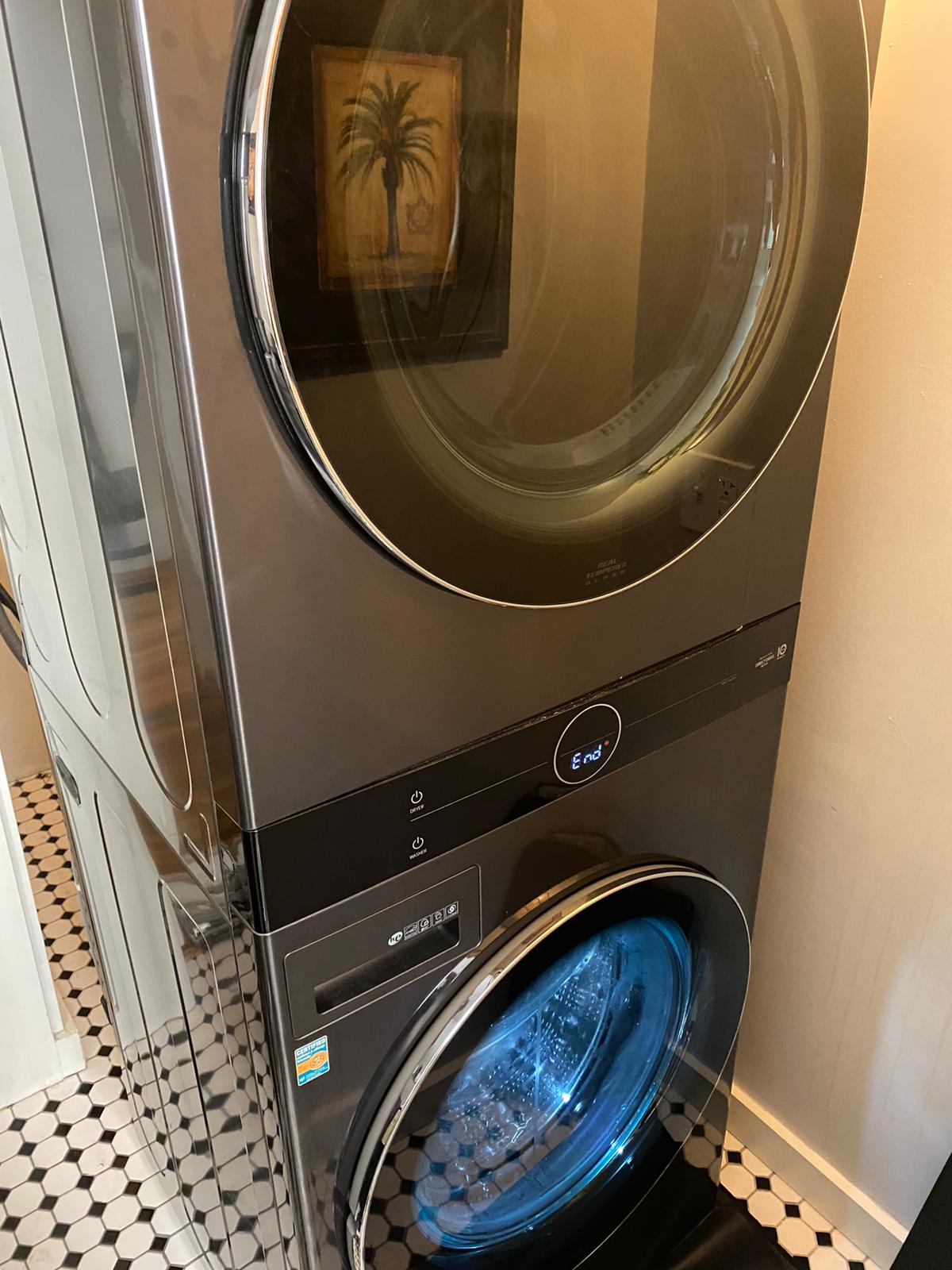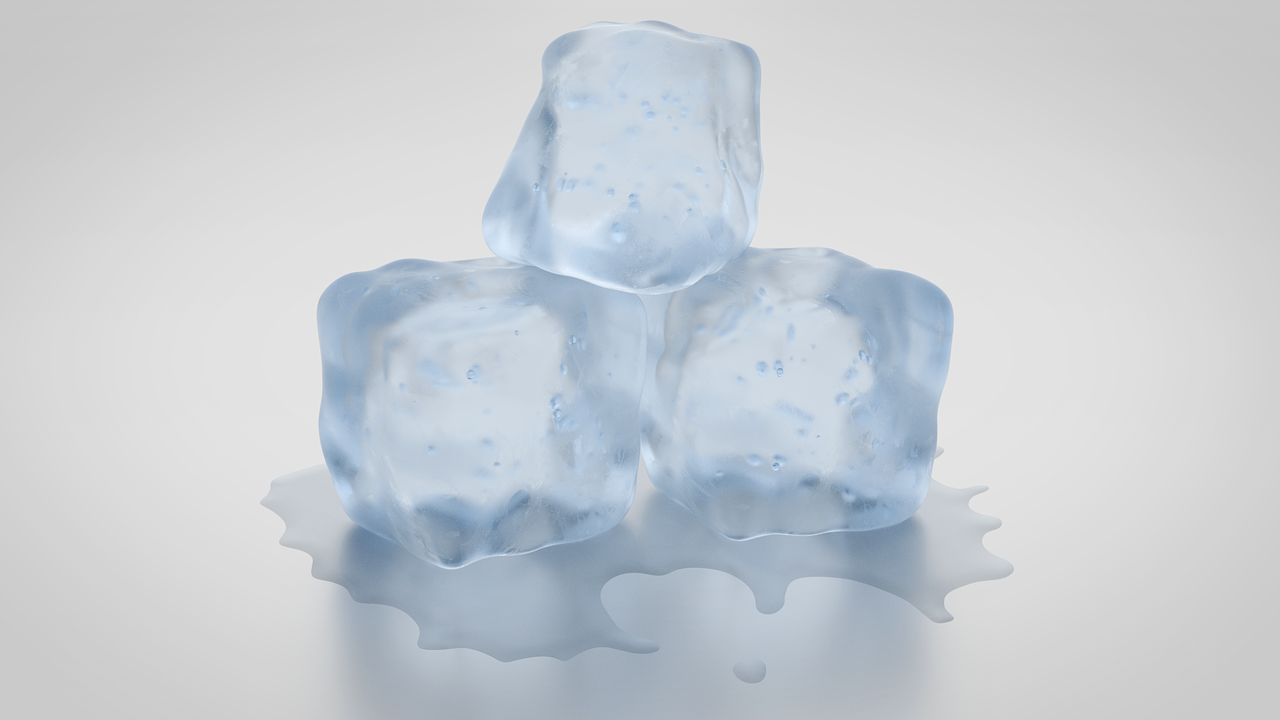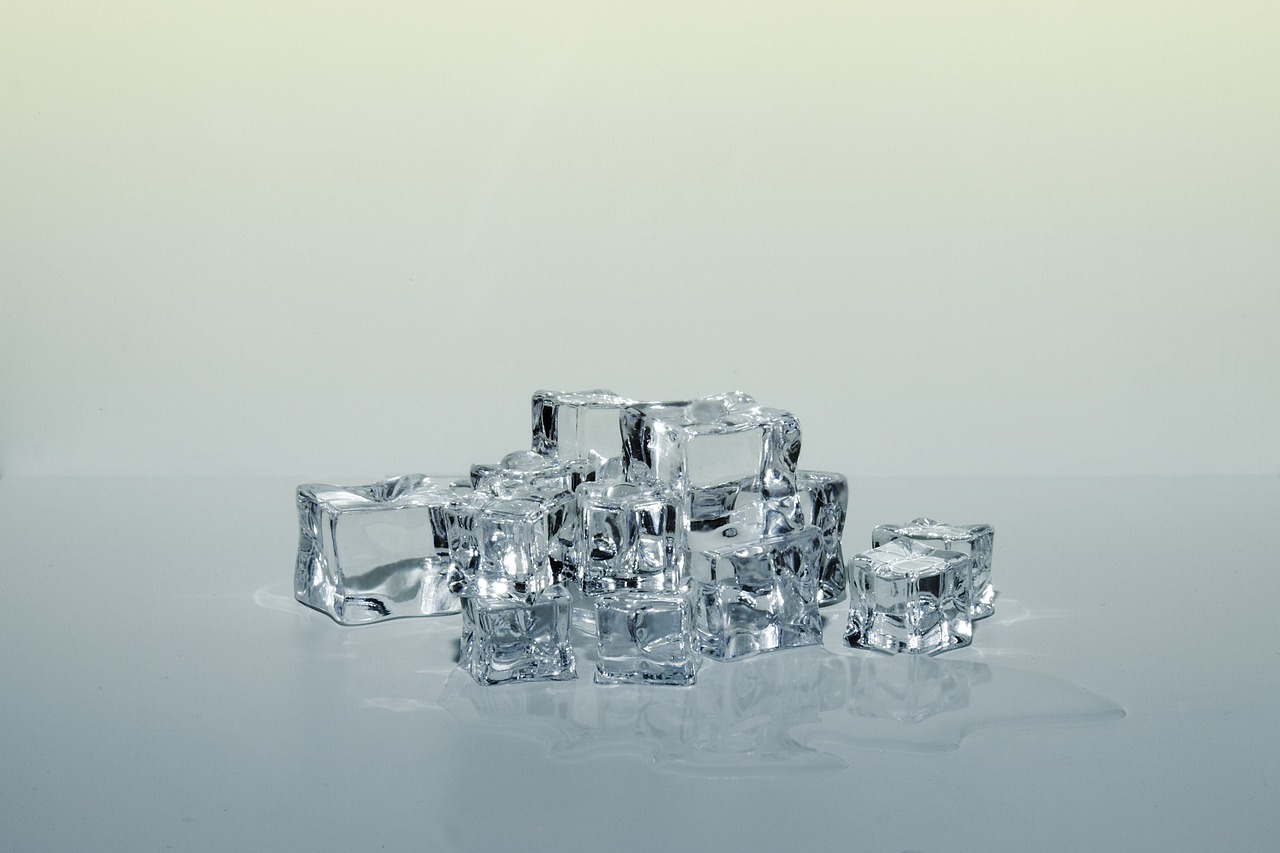Washing machine leaks are a common problem that can cause significant inconvenience and damage to your home. Identifying the source of the leak and knowing how to fix it can save you from costly repairs and potential water damage. This guide explores the seven most common causes of washing machine leaks and provides detailed solutions for each one.

1. Hose Problems
Cause: Loose or Damaged Hoses
One of the most common causes of washing machine leaks is loose or damaged hoses. The hoses that connect the washing machine to the water supply can become loose over time due to vibrations, wear and tear, or improper installation. Additionally, hoses can develop cracks or holes, leading to leaks.
Symptoms
- Water pooling around the washing machine.
- Visible cracks or wear on the hoses.
- Drips coming from the hose connections.
Solutions
Tighten Hose Connections
- Turn Off the Water Supply: Before working on the hoses, turn off the water supply to prevent further leakage.
- Check Connections: Inspect the connections where the hoses attach to the washing machine and the water supply.
- Tighten: Use a wrench to tighten any loose connections.
Replace Damaged Hoses
- Turn Off the Water Supply: Ensure the water supply is turned off.
- Disconnect the Hoses: Carefully disconnect the hoses from both the washing machine and the water supply.
- Inspect the Hoses: Look for any signs of damage such as cracks, holes, or wear.
- Purchase New Hoses: Buy new hoses that match the specifications of your washing machine.
- Install New Hoses: Connect the new hoses to the washing machine and the water supply, ensuring they are securely tightened.
- Turn On the Water Supply: Turn the water supply back on and check for leaks.
2. Door Seal Issues
Cause: Worn or Damaged Door Seal (Front-Loading Machines)
In front-loading washing machines, the door seal (also known as a gasket) can wear out or become damaged over time. This seal prevents water from leaking out during the wash cycle. If the seal is compromised, water can escape through the door.
Symptoms
- Water leaking from the front of the washing machine.
- Visible tears or damage on the door seal.
- Mold or mildew buildup on the seal.
Solutions
Clean the Door Seal
- Open the Door: Open the washing machine door and inspect the seal.
- Clean the Seal: Use a cloth and mild detergent to clean the seal, removing any dirt, debris, mold, or mildew. Ensure you clean both the inner and outer parts of the seal.
- Dry the Seal: Wipe the seal dry with a clean cloth.
Replace the Door Seal
- Turn Off the Washing Machine: Disconnect the washing machine from the power supply.
- Remove the Old Seal: Follow the manufacturer’s instructions to remove the old door seal. This may involve removing the retaining band or screws.
- Install the New Seal: Fit the new seal into place, ensuring it is correctly aligned and securely attached.
- Reconnect the Power: Reconnect the washing machine to the power supply and test for leaks.
3. Detergent Drawer Issues
Cause: Blocked or Damaged Detergent Drawer
The detergent drawer can become blocked with detergent residue or become damaged, leading to leaks. If the drawer is not properly seated, water can overflow during the wash cycle.
Symptoms
- Water leaking from the front of the washing machine.
- Detergent buildup in the drawer compartment.
- Difficulty in opening or closing the drawer.
Solutions
Clean the Detergent Drawer
- Remove the Drawer: Pull the detergent drawer out of the washing machine.
- Clean the Drawer: Rinse the drawer under warm water, using a brush to remove any detergent residue.
- Clean the Compartment: Use a cloth to clean the inside of the compartment where the drawer fits.
- Reinsert the Drawer: Ensure the drawer is properly seated when you reinsert it into the washing machine.
Replace the Detergent Drawer
- Remove the Old Drawer: Follow the manufacturer’s instructions to remove the old detergent drawer.
- Purchase a New Drawer: Buy a replacement drawer that matches your washing machine model.
- Install the New Drawer: Insert the new drawer, ensuring it fits securely and properly.
4. Drain Pump Issues
Cause: Faulty or Clogged Drain Pump
The drain pump is responsible for removing water from the washing machine during the drain cycle. If the pump is faulty or clogged, water may leak from the machine.
Symptoms
- Water is not draining properly from the washing machine.
- Unusual noises during the drain cycle.
- Water pooling under the washing machine.
Solutions
Clean the Drain Pump
- Turn Off the Washing Machine: Disconnect the washing machine from the power supply.
- Locate the Pump: Refer to the manufacturer’s manual to locate the drain pump.
- Remove Debris: Open the pump and remove any debris or foreign objects that may be causing the clog.
- Reassemble the Pump: Put the pump back together and ensure it is securely closed.
Replace the Drain Pump
- Turn Off the Washing Machine: Disconnect the washing machine from the power supply.
- Access the Pump: Remove the necessary panels to access the drain pump.
- Remove the Old Pump: Disconnect the hoses and electrical connections from the old pump.
- Install the New Pump: Connect the new pump, ensuring all hoses and electrical connections are secure.
- Reassemble the Washing Machine: Replace the panels and reconnect the power supply.
5. Overloading the Washing Machine
Cause: Overloading
Overloading the washing machine can cause it to become unbalanced, leading to leaks. An overloaded machine may not spin properly, causing water to leak from the door or other areas.
Symptoms
- Water leaking during the spin cycle.
- Excessive vibration or noise during operation.
- Clothes not washing or rinsing properly.
Solutions
Reduce Load Size
- Remove Excess Clothes: If you notice the machine is overloaded, stop the cycle and remove some clothes to reduce the load.
- Follow Manufacturer’s Guidelines: Check the manufacturer’s guidelines for the maximum load capacity of your washing machine and adhere to it.
- Distribute Clothes Evenly: Ensure clothes are evenly distributed in the drum to maintain balance.
Use Proper Settings
- Select the Appropriate Cycle: Choose the correct wash cycle for the load size and type of fabric.
- Avoid Overloading: Be mindful of the machine’s capacity and avoid stuffing it full.
6. Faulty Water Inlet Valve
Cause: Malfunctioning Water Inlet Valve
The water inlet valve controls the flow of water into the washing machine. If the valve is faulty or clogged, it can cause water to leak into the machine even when it is not in use.
Symptoms
- Water leaking into the drum when the machine is off.
- Water dripped from the back of the washing machine.
- Slow filling during the wash cycle.
Solutions
Inspect and Clean the Inlet Valve
- Turn Off the Water Supply: Ensure the water supply to the washing machine is turned off.
- Access the Valve: Remove the necessary panels to access the water inlet valve.
- Clean the Valve: Check for any debris or mineral deposits clogging the valve and clean it if necessary.
- Reassemble the Washing Machine: Put the panels back in place and turn on the water supply.
Replace the Inlet Valve
- Turn Off the Water Supply: Ensure the water supply to the washing machine is turned off.
- Disconnect the Hoses: Carefully disconnect the hoses from the inlet valve.
- Remove the Old Valve: Follow the manufacturer’s instructions to remove the old valve.
- Install the New Valve: Connect the new valve, ensuring all hoses and connections are secure.
- Reassemble the Washing Machine: Replace the panels and turn on the water supply.
7. Leaking Tub
Cause: Cracked or Damaged Tub
The tub is the part of the washing machine that holds the water during the wash cycle. If the tub is cracked or damaged, it can cause water to leak from the machine.
Symptoms
- Water leaking from the bottom of the washing machine.
- Visible cracks or damage to the tub.
- Unusual noises during the wash cycle.
Solutions
Inspect the Tub
- Turn Off the Washing Machine: Disconnect the washing machine from the power supply.
- Remove the Drum: Follow the manufacturer’s instructions to remove the washing machine drum and access the tub.
- Inspect for Damage: Check the tub for any visible cracks or damage.
Repair the Tub
- Use a Tub Repair Kit: If the damage is minor, you can use a tub repair kit to seal the crack. Follow the instructions provided in the kit for the best results.
- Consult a Professional: For significant damage, it is best to consult a professional to assess whether the tub can be repaired or if it needs to be replaced.
Replace the Tub
- Turn Off the Washing Machine: Disconnect the washing machine from the power supply.
- Remove the Drum and Tub: Follow the manufacturer’s instructions to remove the washing machine drum and tub.
- Install the New Tub: Place the new tub in the washing machine, ensuring it is properly aligned and secure.
- Reassemble the Washing Machine: Reassemble the washing machine, replacing all panels and reconnecting the power supply.
Conclusion
Washing machine leaks can be a frustrating and costly problem, but understanding the common causes and solutions can help you address the issue quickly and effectively. Regular maintenance and prompt attention to signs of wear and tear can prevent many leaks from occurring. By following the steps outlined in this guide, you can ensure your washing machine operates efficiently and leak-free, saving you time, money, and stress.
Remember, if you are unsure about any repair or if the problem persists, it is always best to consult a professional to avoid causing further damage to your washing machine or home.
Zuta Appliance Repair: Revitalizing Berkeley Homes with Premier Washing Machine Services
In the heart of Berkeley, CA, Zuta Appliance Repair stands out as your ultimate partner for maintaining the heart of your home. Understanding the crucial role your washing machine plays in daily life, we commit to delivering excellence in washing machine maintenance. Our services not only keep your clothes clean and your home running efficiently but also optimize your energy use. With Zuta Appliance Repair, you get more than a service; you get a promise of quality, honesty, and environmental stewardship, enhancing both your home’s functionality and your quality of life.
Experience comprehensive solutions to all your washing machine woes with Zuta Appliance Repair. Our specialized repair services promise to extend your appliance’s lifespan and reduce energy bills. Our skilled team, armed with unparalleled expertise and a friendly demeanor, provides cost-effective and environmentally friendly solutions. This isn’t merely about repairs; it’s about the peace of mind that comes with a seamlessly functioning home. Choose Zuta Appliance Repair for an enhanced lifestyle. Contact us now at (415) 592-4633 and let us ensure your washing machine remains a cornerstone of your daily life, offering convenience, efficiency, and tranquility.
Disclaimer
The materials available on this website are for informational and entertainment purposes only and not to provide legal or professional advice. You should contact your attorney or home improvement specialist to obtain advice concerning any particular issue or problem. You should not act or refrain from acting based on any content included in this site without seeking legal or other professional advice. The information presented on this website may not reflect the most current home improvement developments. No action should be taken in reliance on the information on this website. We disclaim all liability concerning actions taken or not taken based on any or all of the contents of this site to the fullest extent permitted by law.







